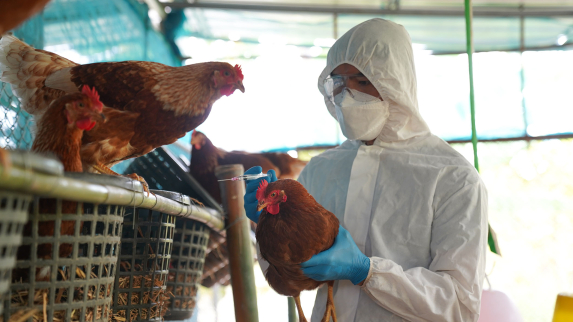The H5N1 Avian influenza is decimating bird populations around the world. More than 136 million birds have been affected in the US since the disease arrived in 2022. More than 5 million egg-laying chickens died in the first 16 days of 2025. It also shows signs of mutating to become more infectious to mammals. The disease has shown up in dozens of cats, zoo animals, people and more than 900 dairy herds.
David J. Cennimo, an associate professor of medicine and pediatrics in the Division of Infectious Diseases at Rutgers New Jersey Medical School, spoke to Rutgers Today about what people should know about the disease and its likely course going forward.
What is bird flu?
Avian influenzas, commonly called “Bird Flu,” are influenza viruses that readily infect and spread through birds. While multiple influenza viruses are known, the H5N1 bird flu is the most widely circulating at present and is the main cause of concern for possible human transmission. This virus is similar to human-adapted influenza currently circulating (H1N1 and H3N2) but, to date, has not infected many humans or transmitted from human to human. To read the full story.

